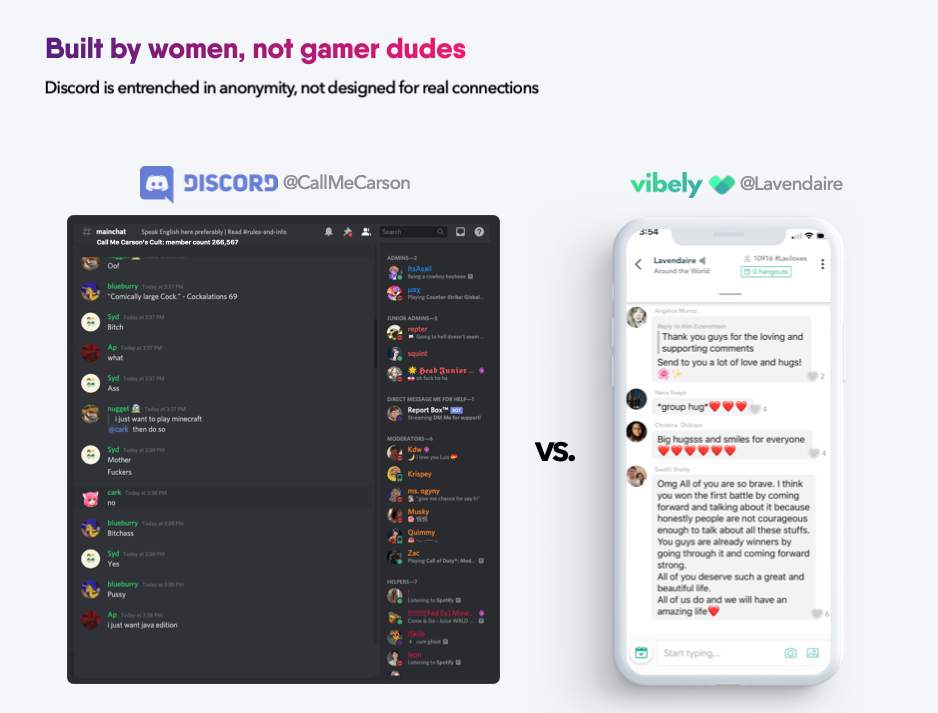News: Kindred Ventures just closed its second fund with $100 million in capital commitments
Two years after launching its $56 million debut fund, Kindred Ventures, a San Francisco-based pre-seed and seed-stage venture fund founded by Steve Jang and Kanyi Maqubela, has closed its second fund with $100 million in capital commitments. Jang is himself a founder who later jumped into investing. In more recent years, he cofounded Bitski, a
Two years after launching its $56 million debut fund, Kindred Ventures, a San Francisco-based pre-seed and seed-stage venture fund founded by Steve Jang and Kanyi Maqubela, has closed its second fund with $100 million in capital commitments.
Jang is himself a founder who later jumped into investing. In more recent years, he cofounded Bitski, a crypto-asset wallet startup, and previously founded Schematic Labs, an early social music app that was brought into Rhapsody in 2014, and co-created the music streaming service imeem, whose assets were later acquired by MySpace.
Jang was also an early advisor to Uber, and individually invested in a number of breakout companies, including the delivery company Postmates, the synthetic biology company Zymergen, the fitness company Tonal, and the crypto exchange Coinbase — deals that he rolled into Kindred’s first fund.
Maqubela has similarly worn the hats of both founder and investor, spending six years as an investor with the seed- and early-stage firm Collaborative Fund before joining forces with Jang, as well as cofounding Heartbeat Health — a platform that invites patients who are at risk of heart disease and other chronic ailments to talk remotely with experts for care management.
The fund is notable, including because it doesn’t zero in on one or two sectors of tech. Why is that interesting? Well, because the venture landscape is now so crowded that institutional investors typically prefer to see seed-stage funds with a specific sector focus or an angle of some sort. It’s a way for these limited partners to better diversify their own investments and keep from backing managers who are investing in the very same deals.
Indeed, that Jang and Maqubela secured commitments from a mix of major university endowments, foundations, fund-of-funds, and strategic investors despite being generalists is something a feat.
No doubt investor interest ties to some of their earlier investments, like Coinbase — bets that underscore they are in the right entrepreneurial circles. Yet they say that another aspect of their pitch also resonated with investors, which is their “high concentration, high conviction” approach. Part of their workflow, for example, involves creating a Signal group or Slack channel as soon as they invest in a team so there can be a constant back-and-forth and to bolster the sense that Jang and Maqubela are extensions of a founding team.
Kindred says it also schedules weekly one-on-one chats with the founders it funds until their startup has designated a product launch date, after which “we move into a less rigorous, less frequent meetings,” says Jang, describing the firm’s approach very “programmatic and designed.”
But another way Kindred tries to gain an edge over competitors is by moving as close to the concept stage as possible — even helping to form startups. Jang and Maqubela point back to Heartbeat Health and Bitski, which they helped incubate and spin out. Another startup born of their “formation investing” approach is a payments company called Otto, and they say to expect more to come.
In some cases, they start the company and assemble the founding team. In other cases, they help a new founder evolve from concept to prototype to landing the right cofounder. What it asks for in exchange is an ownership stake that ranges from between 5% of a company to 20% percent, with an average ownership position of 11%, they say, and ticking upward as the firm matures.
As for deal flow, they say they source their deals through introductions from the founders in their portfolio, through their own outreach based on ideas that excite them, and from employees of past portfolio companies.
Interestingly, though the bets they make range widely in focus, different themes do emerge, including around digital health, where in addition to Heartbeat Health and Tonal they backed Color, whose at-home tests can help people understand if they are at risk of hereditary cancer, as well as whether they have been exposed to COVID-19. (It closed its newest round at a $1.5 billion valuation earlier this month.)
Kindred is focused on community, too, with bets that include the audio social network Clubhouse. And Kindred is writing checks to the occasional security company, including Anjuna Security, which aims to protects applications and data from insiders by seamlessly encrypting everything end to end.
Not last, finance is plainly an area of interest. In addition to Coinbase, for example, Kindred more recently invested in dYdX, an open trading platform for crypto assets that just last announced it had raised $10 million in Series B funding.
As for how the two — who wound up funding 25 companies altogether in their first fund — can continue to cover so much ground as they set out to invest this new, bigger vehicle, Maqubela says the question came up “more than half the time” in conversations about this next fund with its investors. But their secret sauce is no great mystery, they insist. They say they just happen to be incredibly curious people who are willing to get up to speed however possible when they meet a founder with whom they want to partner.
“It ultimately comes down to who Kanyi is and who I am,” says Jang, “and we’re both voracious about learning, it’s what drives us.”
Though both have experience and know-how about a wide number of verticals at this point, they’re “absolutely novices” at times, and they don’t let that stop them, both explain.
“If we’re inspired by the founder, their intellect, their dedication to a problem, and why they’re doing what they’re doing, we’re happy to go learn as quickly as possible,” says Jang. “We’re very dutiful students.”







